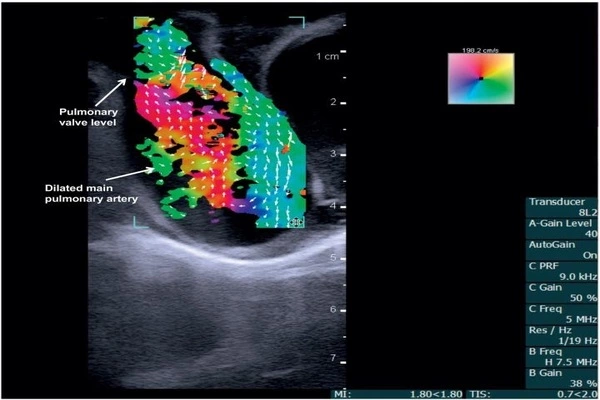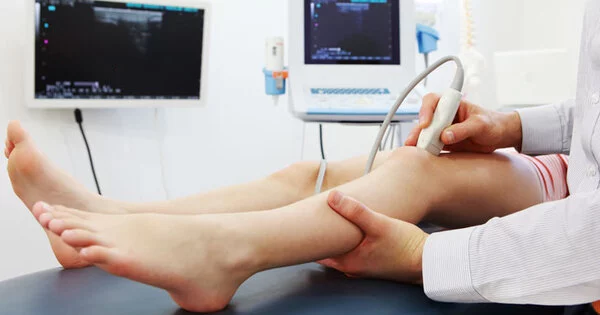Ultrasound is a popular medical imaging technology that employs high-frequency sound waves to create images of the inside of the body. It is non-invasive and does not use ionizing radiation, making it a safe and adaptable tool for diagnosing a variety of medical issues.
Advances in ultrasound technology and software algorithms have resulted in higher-quality images with higher resolution. This can make it easier for healthcare practitioners to identify and diagnose disorders, especially when imaging structures deep within the body. Researchers at the University of Sheffield have devised a new ultrasonic technology that, for the first time, can quantify the level of tension in human tissue – a vital sign of disease.
Dr. Artur Gower of the University’s Department of Mechanical Engineering, along with researchers from Harvard, Tsinghua University, and the University of Galway, made the breakthrough, which could be used to build new ultrasound machines that can better diagnose abnormal tissue, scarring, and cancer.
In our research, we developed a new method of measuring tissue tension using ultrasound. This level of detail can tell us whether tissues are aberrant or whether they are impacted by scarring or illness.
Dr. Artur Gower
Ultrasounds employ sound waves to create images of organs inside the human body. However, the images obtained by the present techniques utilized in healthcare are rarely sufficient to determine whether tissues are aberrant. To improve diagnosis, the researchers devised a method to quantify forces such as tension using an ultrasound machine. Tension is generated in all living tissue, so measuring it might reveal if the tissue is operating normally or whether it is damaged by disease.
The researchers harnessed a technique from a rail project at the University of Sheffield, which uses sound waves to measure tension along railway lines. The technique, used both for rail and medical ultrasound, relies on a simple principle: the greater the tension, the faster sound waves propagate. Using this principle, the researchers developed a method that sends two sound waves in different directions. The tension is then related to the speed of the waves by using mathematical theories developed by the researchers.

Previous ultrasound technologies had difficulty distinguishing between stiff tissue and tissue under tension. The new approach is the first to be capable of detecting tension in any form of soft tissue without prior knowledge. The researchers describe the novel technology and demonstrate how they used it to quantify tension inside a muscle in a recent publication published in the journal Science Advances.
Dr Artur Gower, Lecturer in Dynamics at the University of Sheffield, said: “When you go to the hospital, a doctor might use an ultrasound device to create an image of an organ, such as your liver, or another part of your body, such as the gut, to help them explore what the cause of a problem might be. One of the limitations of ultrasounds used in healthcare now is that the image alone is not enough to diagnose whether any of your tissues are abnormal.
“In our research, we developed a new method of measuring tissue tension using ultrasound.” This level of detail can tell us whether tissues are aberrant or whether they are impacted by scarring or illness. This approach is the first time ultrasound has been used to measure stresses inside tissue, and it could now be utilized to construct new ultrasound machines capable of detecting aberrant tissue and disease earlier.”
















